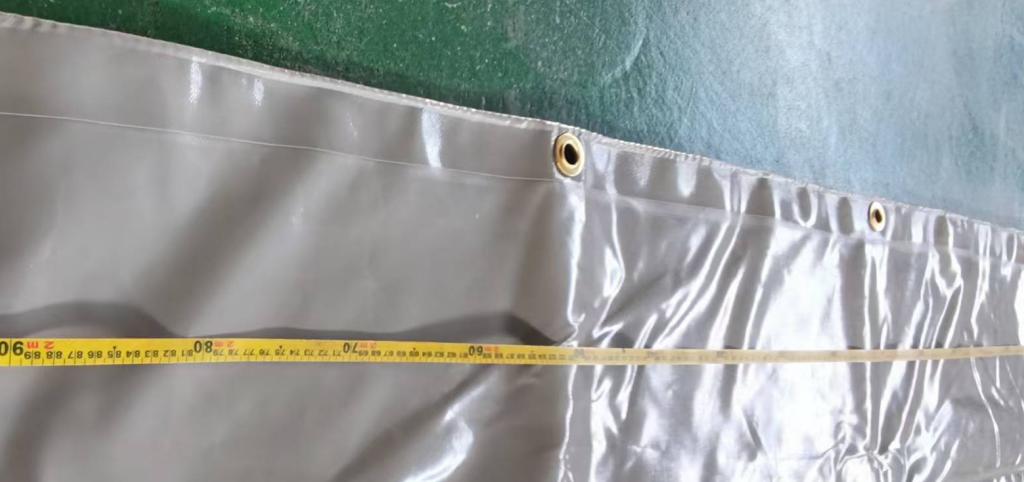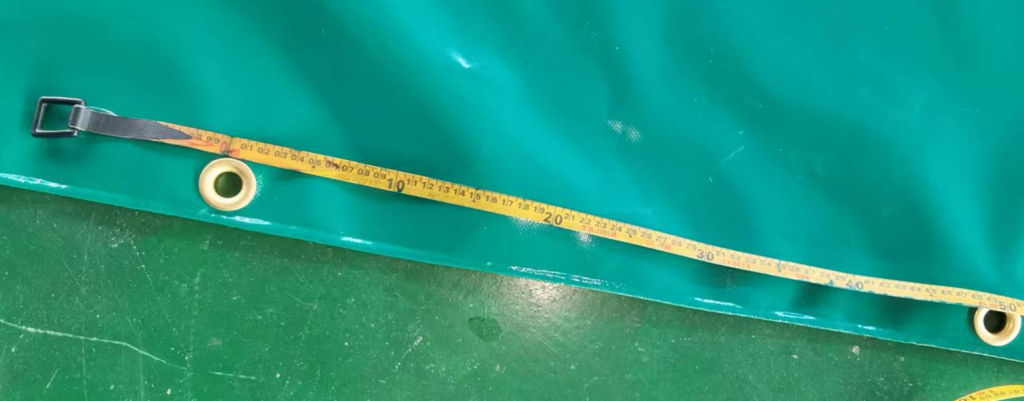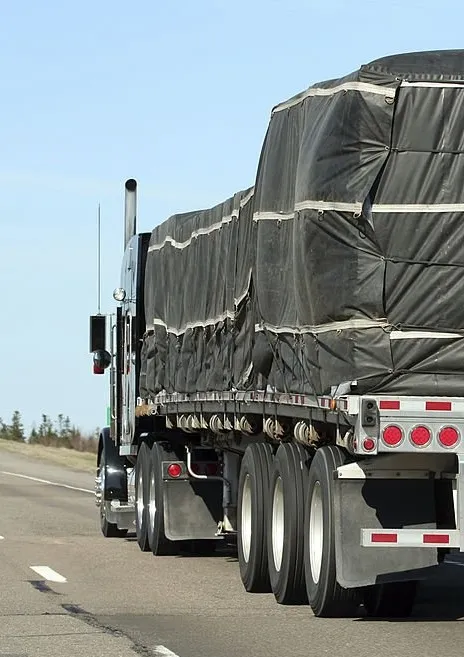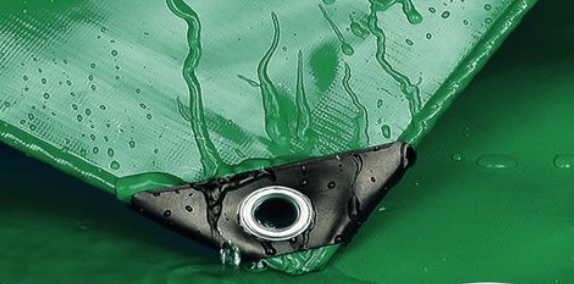
From agriculture to transportation, temperature control is the name of the game. Whether to protect perishables, insulate equipment used outside, or offer a temporary covering, insulated waterproof tarps are now a vital solution. Since they pack thermal insulation with waterproofing technology, tarps become perfect for industrial and outdoor use. Insulated tarpaulin is distinct from regular covers in that it’s made specifically to provide weather as well as temperature resistance, resulting in adequate protection under harsh conditions.
Why Insulated Waterproof Tarps?
The unique configuration of insulated waterproof tarps makes them better than regular coverings. They consist mainly of heavy materials such as polyethylene or PVC with insulation inserts between them. This configuration does not provide room for heat transfer, allowing users to enjoy equal conditions under the tarp.
For businesses transporting sensitive products to temperature, such as food or pharmaceuticals, an insulated tarp covering outside the load keeps the product safe from spoilage by isolating it from temperature fluctuations. Farmers and greenhouse workers utilize tarps over crops, seedlings, or equipment to protect them from frost, heat, and moisture.
Key Characteristics of Insulated Tarpaulins
1. Thermal Efficiency
An insulated tarpaulin retains heat when it is cold and keeps excessive heat out when the outside is hot. This has made it suitable for use throughout the year in agriculture, building, and transportation.
2. Waterproof Protection
The waterproof surface offers protection from rain, snow, and condensation by not allowing them to penetrate through, thus safeguarding the contents of the enclosed objects from moisture and damage. The waterproof and insulated blend of materials renders insulated waterproof tarps very effective during changeable weather.
3. Durability and Strength
The tarps are designed for industrial use. The reinforced seams, UV-resistant, and abrasion-resistant materials ensure that they can last long, and maintenance costs are low.
4. Versatility
For the protection of outdoor furniture and equipment or as a temporary staff or equipment cover, an outdoor insulated tarp is versatile and has many uses.
Applications in Other Industries
- Agriculture: Insulated tarps are traditionally used by farmers to protect fruits and vegetables when in transit and stored. Insulated waterproof tarps covering crops or bales of hay prevent spoilage and mold.
- Construction: Insulated tarpaulins on construction sites shield equipment and materials from snow, cold, and rain. Insulated tarps can also be used as partitions to offer climate-controlled workspaces.
- Transport and Logistics: Insulated tarps maintain the quality of the products while transporting perishable goods because they protect the products from extreme heat or cold.
- Outdoor and Recreation: Outdoor insulated tarps are used by campers, event personnel, and outdoor adventure sports players for shelter, ground cover, and protecting equipment.
Environmental and Cost Impacts
Insulated waterproof tarps also save energy by avoiding diminished use of active heating or cooling. On cold-weather job sites, for example, an insulated tarpaulin can create working conditions for equipment storage or concrete curing without the use of a heater. This avoids fuel and carbon emissions.
Therefore, the farmers and logistics operators pay less expense in terms of product loss due to temperature variations or water exposure. Companies achieve long-term cost benefits and sustainability through investments in long-lasting insulated tarps.
Choosing the Best Insulated Tarpaulin
In choosing an insulated tarpaulin, several considerations should be made:
- Size and Cover: Choose a tarp adequate enough to cover the area or load effectively.
- Insulation Level: Various tarps provide varying levels of insulation, based on climate and application.
- Material Strength: The heavier-duty materials provide greater tear and UV resistance.
- Portability: Use outdoors may necessitate a lighter but more durable outdoor insulated tarp.
It is also crucial that the tarp is easy to install and manage. Reinforced grommets, heavy-duty ropes, or Velcro straps are easier to handle and stabilize, especially in harsh winds or weather conditions.
Future Trends of Insulated Waterproof Tarps
The insulated waterproof tarp market will grow as businesses seek cost-effective methods for controlling climate and safeguarding equipment. With developments in material science, newer tarpaulins are proving to be lighter but stronger, and more eco-friendly. Future markets will be fuelled by novel recyclable insulation materials and superior waterproof coatings.
As remote work sites, global supply chains, and external factors continue to expand, the application of insulated tarpaulins will continue to expand. They are a practical, portable, and environmentally friendly option for shielding equipment and products from climatic conditions.
Conclusion
Insulated waterproof tarps are not just protection to cover things, but are multifunctional gear that ensures durability, efficiency, and economy in expenses in industries. From farms and construction sites, transport, or outdoor events, the benefits of an insulated tarpaulin application are obvious. With their ability to combine waterproof cover and temperature control, they are vital in maintaining the quality of products, the safety of equipment, and the efficiency of business.
For constant all-weather protection, an outdoor insulated tarp would be a practical and long-lasting choice. With the development of technology, only the tarps can get better at addressing the growing demands of industries and outdoor enthusiasts.




